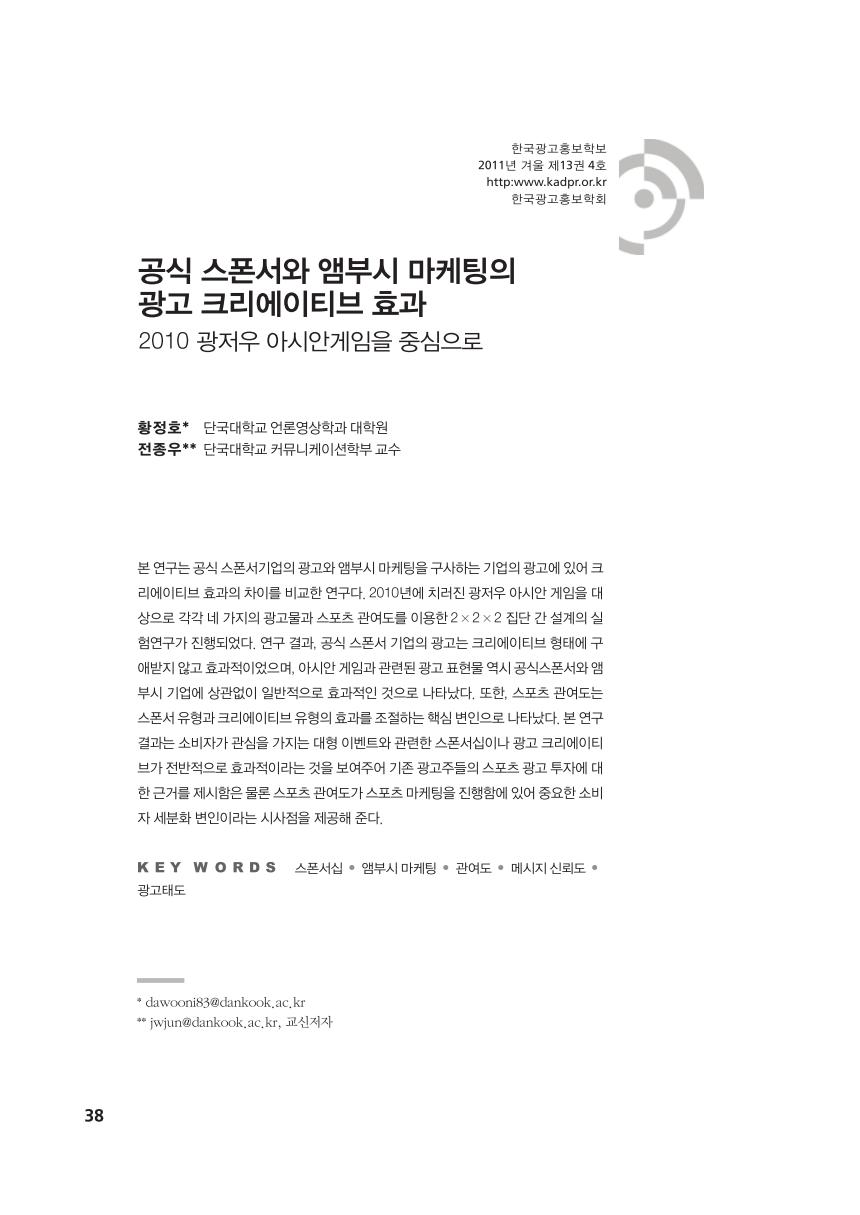


비밀번호 변경 안내
비밀번호를 변경하신 지 90일 이상 지났습니다.
개인정보 보호를 위해 비밀번호를 변경해 주세요.
도서관을 통해 DBpia에 방문하면
SNS 로그인이 제한됩니다.
비밀번호 변경 안내
비밀번호를 변경하신 지 90일 이상 지났습니다.
개인정보 보호를 위해 비밀번호를 변경해 주세요.
비밀번호 변경 안내
비밀번호를 변경하신 지 90일 이상 지났습니다.
개인정보 보호를 위해 비밀번호를 변경해 주세요.
간편 교외 인증 이벤트 응모
이름
전화번호
개인정보 활용 동의
비밀번호 변경 안내
비밀번호를 변경하신 지 90일 이상 지났습니다.
개인정보 보호를 위해 비밀번호를 변경해 주세요.
아직 발송된 알림이 없어요.
이용하기 좋은 알림들을 추천할게요!
 알림 추천 보러가기
알림 추천 보러가기
공저자
조성문 (한양대학교)
공동저술논문수 : 1
Yong Suk Choi (한양대학교)
공동저술논문수 : 1
제휴문의
DBpia와 구독·저작권 계약, 기타 제휴를 원하시면 해당 부서로 연락 바랍니다.
담당부서 : 영업기획팀 (4년제 대학교, 해외 도서관, 공공기관, 국책연구원, 기업, 전문대학 등) trial@nurimedia.co.kr
담당부서 : 콘텐츠 영업팀 copyright@nurimedia.co.kr
담당부서 : 서비스 기획팀 dbpia@nurimedia.co.kr
관심저자 알림
알림 유형
전은진 저자의 동일저자 병합요청
저자명
전은진 저자의 동일저자 병합요청
저자 정보 수정 요청
신고항목
전은진 저자님의 논문 목록
논문 제외 요청
논문 오류신고
신고항목
수정 전
수정 후
수정 전
수정 후
수정 전
수정 후
수정 전
수정 후
수정 전
수정 후
리뷰 신고하기
이 논문의 참고문헌을 찾아주세요.
이 논문의 참고문헌을 찾아주세요.
구매하기
잠깐! 구매하시기 전에 소속기관의 DBpia 구독 여부를 확인하세요.
구독기관 소속이시면 소속기관의 구독 논문을 이용하실 수 있습니다.
구독기관 조회하기
구독하기
논문보기
무료
구매하기
논문보기+다운받기
장바구니
인용 _
인용양식 _ 인용양식 변경
공식 스폰서와 앰부시 마케팅의 광고 크리에이티브 효과 : 2009 광저우 아시안게임을 중심으로
